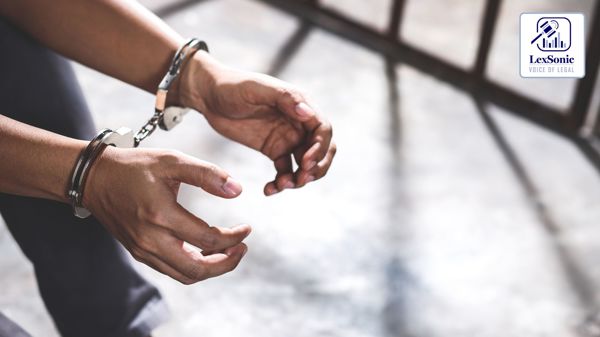Justice Prevails: Apex Court Reverses High Court's Conviction in 2002 Gujarat Riots Case.
21 March 2025
Criminal Appeals & Suspension of Sentence >> Criminal Law
The prosecution's case rested on a First Information Report (FIR) filed by a patrolling policeman, alleging that a mob had surrounded a graveyard and a mosque on February 28, 2002. According to the FIR, the mob pelted stones, damaging police vehicles and injuring personnel, leading to the police resorting to tear gas and firing, resulting in a stampede. Seven individuals, including the appellants in the Supreme Court, were apprehended at the scene. Subsequently, a chargesheet was filed against 19 individuals.

The Trial Court, in its judgment dated July 11, 2005, acquitted all 19 accused, citing several key reasons. The court found the police witnesses to be stereotypical in their depositions, unable to specifically identify any of the accused or detail who arrested whom. Furthermore, a crucial prosecution witness (PW-2) was found to have contradicted his earlier statements regarding his vantage point and the presence of streetlights aiding identification. The Investigating Officer also contradicted PW-2's claim of damage to his property. Crucially, the Trial Court noted the absence of any recovery of incriminating materials from the accused at the time of their arrest.
On appeal by the State, the High Court upheld the acquittal of 12 out of the 19 accused, primarily those not named in the FIR or arrested on the spot. The High Court reasoned that the prosecution had failed to prove their presence beyond reasonable doubt, noting the lack of an identification parade and inconsistencies in the testimonies of key witnesses.
The Supreme Court, hearing the appeal against this partial reversal, meticulously analyzed the facts and the reasoning of the High Court. The apex court highlighted several crucial factors: the incident occurred at night without curfew restrictions, the rioting crowd was massive (over a thousand people), only seven were initially named in the FIR, and there was a lack of specific evidence detailing what the arrested individuals did before their apprehension or who arrested them. Notably, no weapons or inflammatory materials were found on the appellants at the time of their arrest. Barring the discarded testimonies of PW-2 and PW-4, no specific acts of incitement, mischief, or violence were attributed to the appellants, all of whom were residents of the same village.
The judgment underscored that while presence at the scene might be a fact, it does not, in itself, prove membership in an unlawful assembly. The prosecution must present reliable evidence demonstrating that the accused were not mere spectators but actively participated in the unlawful assembly or shared its common object. The court found no such evidence against the appellants, noting that their arrest amidst a stampede caused by police firing did not guarantee their culpability.
Consequently, the Supreme Court allowed the appeals, set aside the High Court's judgment and order of conviction, and restored the Trial Court's order of acquittal. This judgment serves as a crucial reminder of the high threshold required to convict individuals in riot cases, particularly emphasizing the distinction between mere presence and active participation in an unlawful assembly. It reaffirms the importance of specific evidence linking the accused to the commission of the crime and cautions against drawing conclusions solely based on their presence at a chaotic scene.
